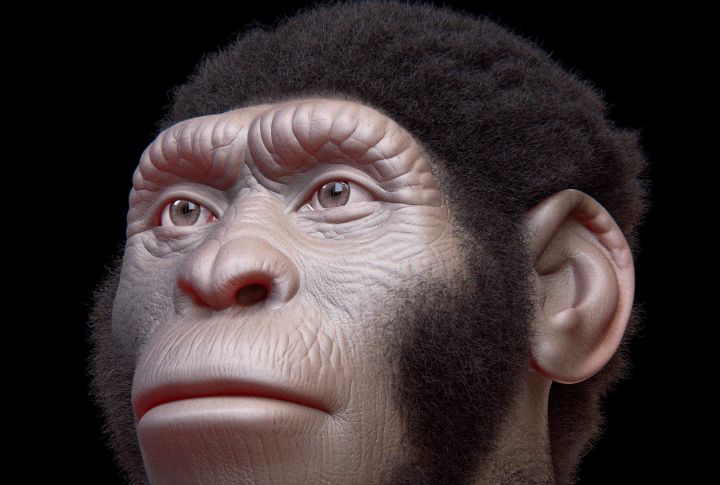
The story of humanity is filled with unanswered questions, especially about the ancient species that walked the Earth before us. These early humans left behind fragments of their existence, but their sudden disappearances remain one of evolution’s greatest puzzles. What caused their extinction? Let’s take a closer look at the mysteries behind the species that vanished without a trace.
Sahelanthropus Tchadensis
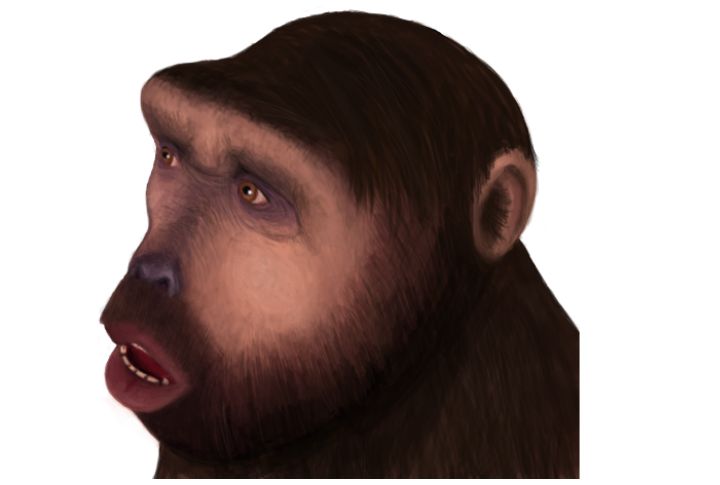
Disrupting evolutionary timelines, Sahelanthropus tchadensis emerged seven million years ago in Chad. Its small canine teeth and flat face suggest a blend of traits, but its skull offers limited clues. Was this hominin walking upright, or were its features a mere evolutionary experiment?
Homo Floresiensis
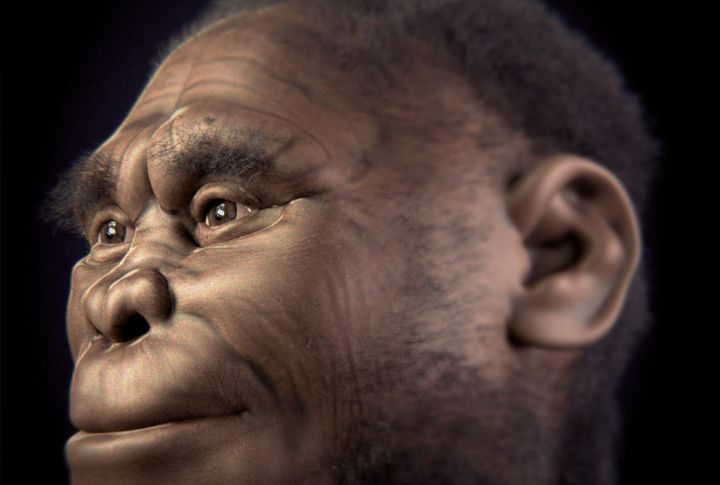
Known as the “Hobbit,” Homo floresiensis thrived on Flores Island, crafting tools and hunting giant prey. Though standing only a little over three feet tall, their intelligence shocked researchers. Rising seas trapped them on the island, and their eventual extinction remains one of evolution’s most baffling puzzles.
Orrorin Tugenensis

The femurs of Orrorin tugenensis, discovered in Kenya’s Tugen Hills, hint at early bipedalism. Living six million years ago, this species exhibited early traits of bipedalism. Yet, the lack of substantial fossil evidence makes its evolutionary significance a hot topic.
Homo Rudolfensis
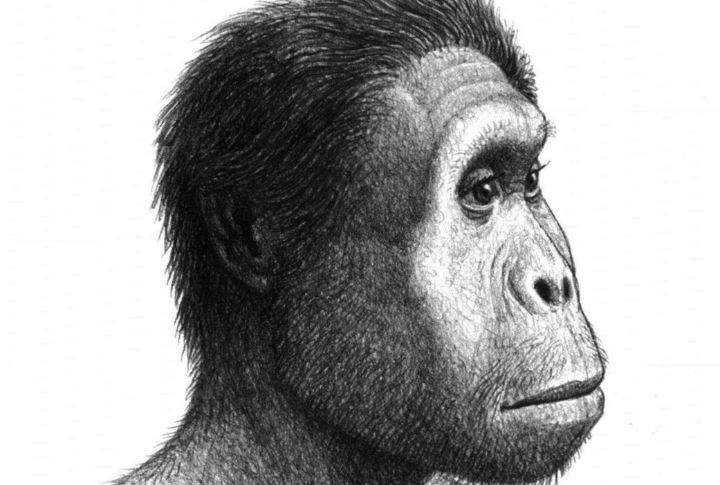
How much can one skull tell us? Homo rudolfensis, a two-million-year-old species from East Africa, left behind just enough to spark curiosity. Its larger brain and flat face are striking, but the mystery of its role in human evolution remains far from solved.
Kenyanthropus Platyops
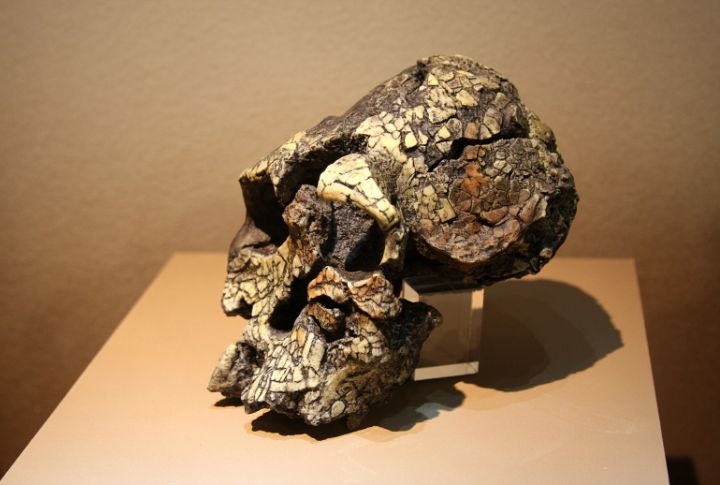
At 3.5 million years old, Kenyanthropus platyops stood out with its flat face and small teeth. Found in East Africa, it challenges Australopithecus’ place in evolution. However, the species’ true role in human history remains largely speculative, with only one skull available.
Homo Naledi
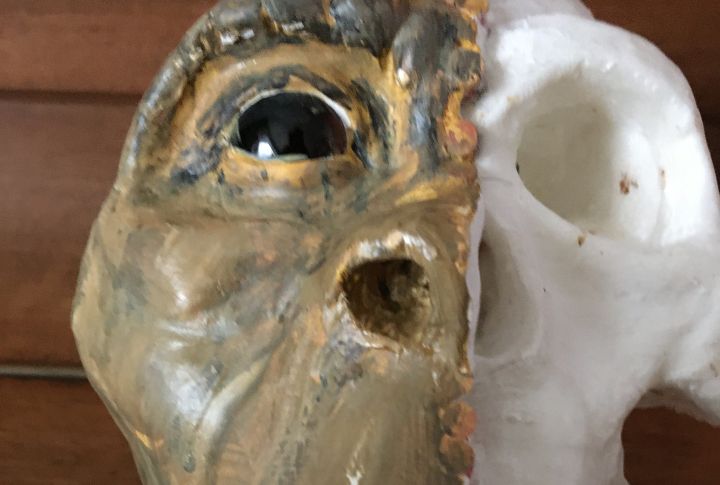
Buried deep in South Africa’s Rising Star Cave, Homo naledi baffled scientists. This species showed burial behavior 236,000 years ago—unusual for their small brains. Why did these ancient humans isolate their dead, and how does it fit into humanity’s evolutionary puzzle?
Homo Georgicus
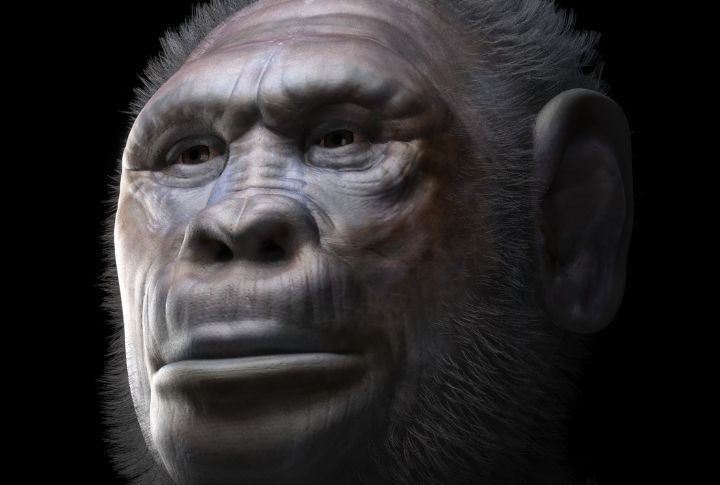
Migration’s story took a new turn with Homo georgicus, a 1.8-million-year-old species found in Georgia. As the first hominin to leave Africa, their fossils show unexpected adaptability despite their small size. The extent to which their tools and methods impacted evolution remains an open question.
Homo Heidelbergensis
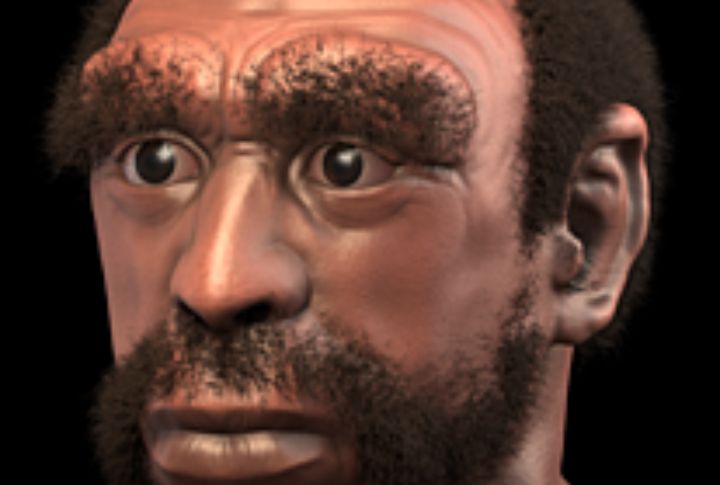
Big game hunting was no challenge for Homo heidelbergensis, thanks to their wooden spears and teamwork. These innovations reflected a shift toward advanced survival tactics. Their role as ancestors of Neanderthals and modern humans stretched as far back as 700,000 years ago.
Homo Antecessor
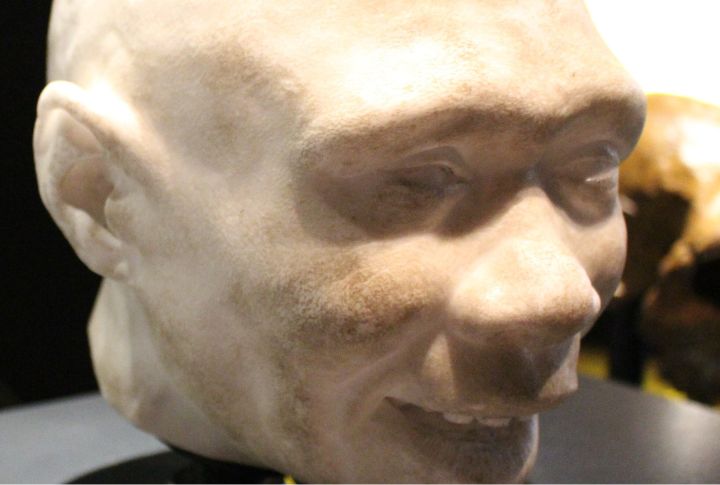
What motivated Homo antecessor’s behavior? Living 800,000 years ago in Spain, they left behind tools—and cut-marked bones suggesting cannibalism. Some see them as Europe’s first hominins, while others debate their evolutionary connection to later species like Neanderthals.
Homo Cepranensis
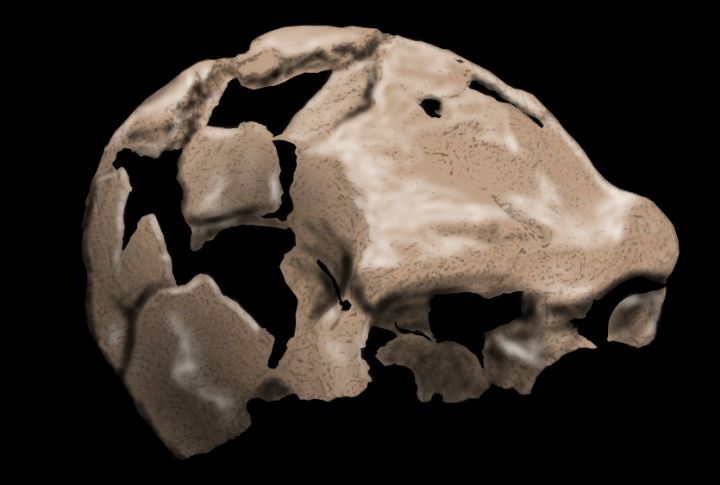
Unearthed in Italy, the lone fossil of Homo cepranensis tells an incomplete story. Its 450,000-year-old traits suggest a potential relation to Neanderthals. However, with no further remains, the species’ role in evolution remains a subject of speculation among researchers.

